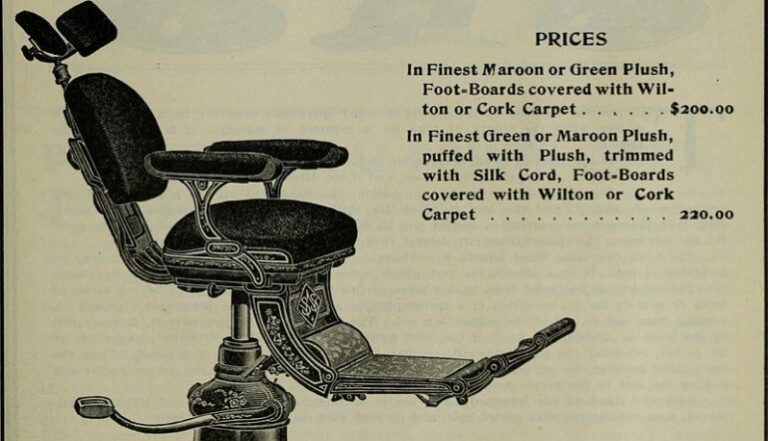Isolation and Compassion in Allison Kubu’s “Bottomless Sounds”
A sense of loneliness permeates through the entire short story, defining the narrator and her actions.
Please note that shipping will be slower than usual for orders placed between Dec. 24-Jan. 5! Thank you for your patience.

A sense of loneliness permeates through the entire short story, defining the narrator and her actions.

In Yiyun Li’s short story “A Flawless Silence” from The New Yorker, the main character Min is in a relationship where she does not feel completely safe standing up to her husband. But, as the reader sees, Min often uses silence to her advantage.

Sometimes silence is more powerful than words, and Flournoy uses this device deliberately throughout her story “The Miss April Houses.”

There are many ways in which teeth can also set people apart. In the short story “Teeth” from the January/February issue of Kenyon Review Online, Erin McGraw explores classism and the power of wealth through the symbol of teeth.

In “The Makeover”, a piece of flash fiction published by Hobart, Janelle Greco captures the lives of three generations, exploring the way familial gender roles are passed on.

In the short story “The Cock in the Cadwalader Heights” from the Masters Review, Ariel Delgado Dixon uses subtle details throughout the narrative to show how eleven-year-old Madín is starting to view the world differently.

Returning from the brink of death with a new lease on life: it’s a common trope in fiction and nonfiction alike. These stories are easy for the reader to believe, as one hopes that coming so close to the dark unknown would carry with it some sort of positive impact. But what if it doesn’t?

Every word carries with it a connotative meaning, a definition that stretches beyond what can be found in the dictionary. Edwin Madu uses this notion to his advantage in his short story “Missing Things” published by Okey-Panky in July of this year.

By formatting her short story “Take Your Child To Work Day Report” like an actual report, Maya Beck examines power dynamics in the classroom and society as a whole.
No products in the cart.